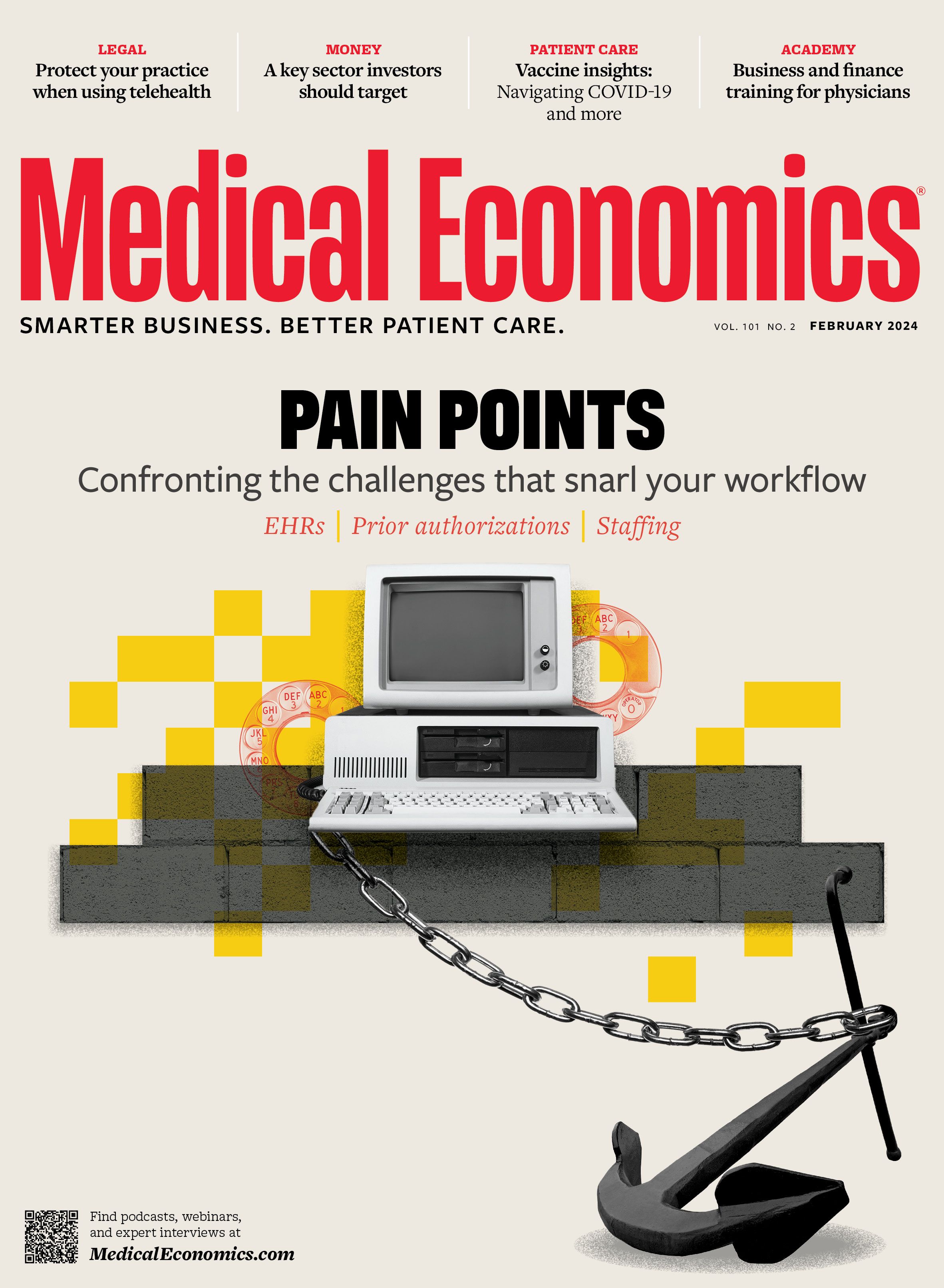News
Article
Medical Economics Journal
The consequences of administrative burdens: Doctors in private practice continues to dwindle
Author(s):
Doctors are continuing to abandon private practice in favor of direct or indirect hospital employment
Doctors are leaving private practice: ©Sveta - stock.adobe.com

Doctors are continuing to abandon private practice in favor of direct or indirect hospital employment, according to an American Medical Association (AMA) study of physician practice arrangements.
The association’s biennial Physician Practice Benchmark Survey found that in 2022 46.7% of doctors worked in wholly-owned physician practices, down from 49% in 2020 and 60% in 2012, the first year of the survey.
Conversely, 31.3% of doctors worked in practices that were wholly or partially hospital-owned, up from 30.5% in 2020 and 23.4% in 2012. The percentage of doctors employed directly by hospitals or working as contractors increased to 9.6% from 9.3% in 2020 and 5.6%
in 2012.
Respondents cited the ability to negotiate higher payment rates as the biggest reason for joining a hospital, with 79.5% calling it “important” or “very important.” That was followed by the need to better manage payers’ regulatory and administrative requirements (71.4%) and wanting to obtain better access to costly resources (69%).
“The AMA analysis shows that the shift away from independent practices is emblematic of the fiscal uncertainty and economic stress many physicians face due to statutory payment cuts in Medicare, rising practice costs, and intrusive administrative burdens,” AMA President Jesse M. Ehrenfeld, M.D., M.P.H., said in an accompanying news release.
The survey also revealed significant differences between private and hospital-owned practices in their incorporation of primary care. Among physicians in hospital-owned practices, 61% were affiliated with practices that include primary care, compared to 44.9% of those in private practice.
Among hospital-owned practices, 39% of physicians were in multispecialty groups that offer primary care services. By contrast, primary care in private practice is more often offered in solo or single specialty practices. About 31% of private practice physicians work in a solo or single specialty primary care practice, and 13.7% are part of a multispecialty practice that includes primary care.
The study also found:
- An ongoing migration from smaller to larger practices, with the percentage of doctors in practices with five or fewer physicians declining from 40% to 32.8% between 2012 and 2022, while the percentage in practices with 50 or more physicians grew from 12.2% to 18.3%
- A decline in the number of self-employed physicians and corresponding growth in employed physicians. In 2012 53.2% of doctors were self-employed, compared to 41.8% who were employed. In 2022, the percentages were 44.0% and 49.7%, respectively.
While practice ownership has declined among physicians of all ages, the sharpest drop — from 44.3% to 31.7% -— occurred among doctors under age 45.






